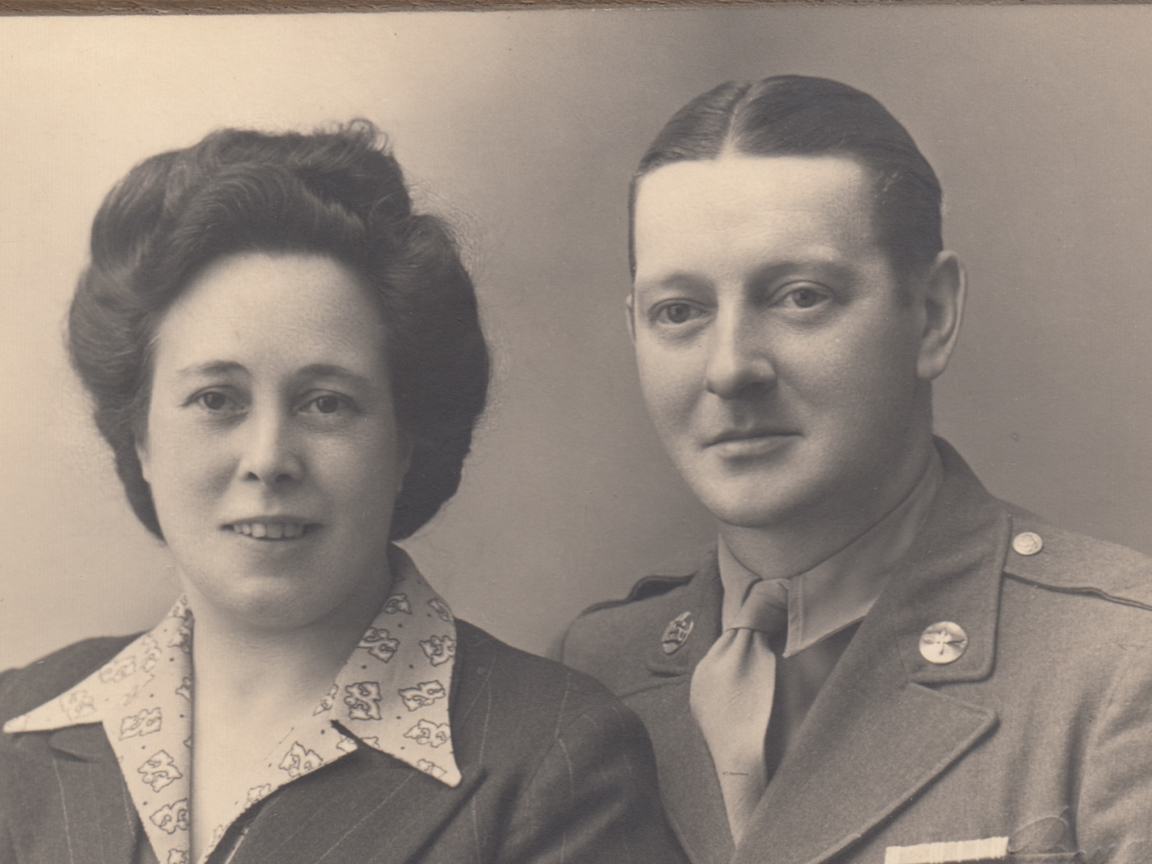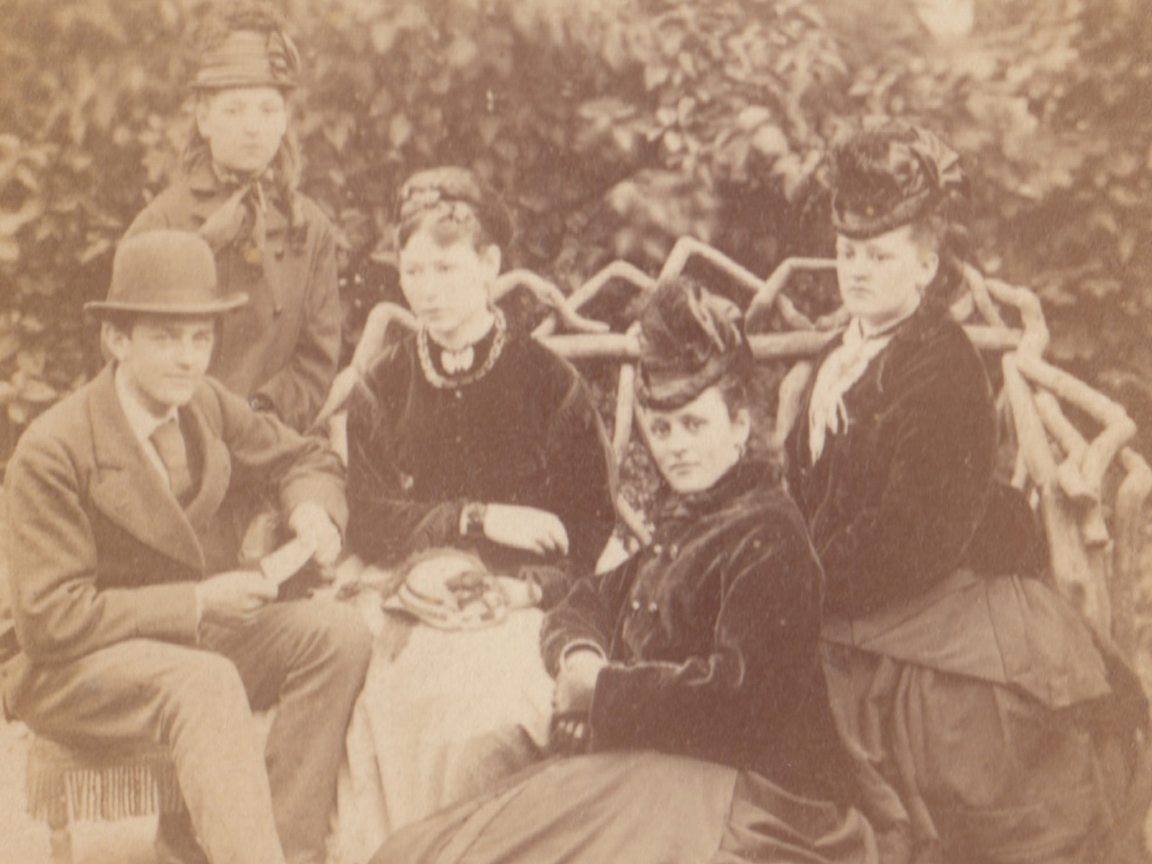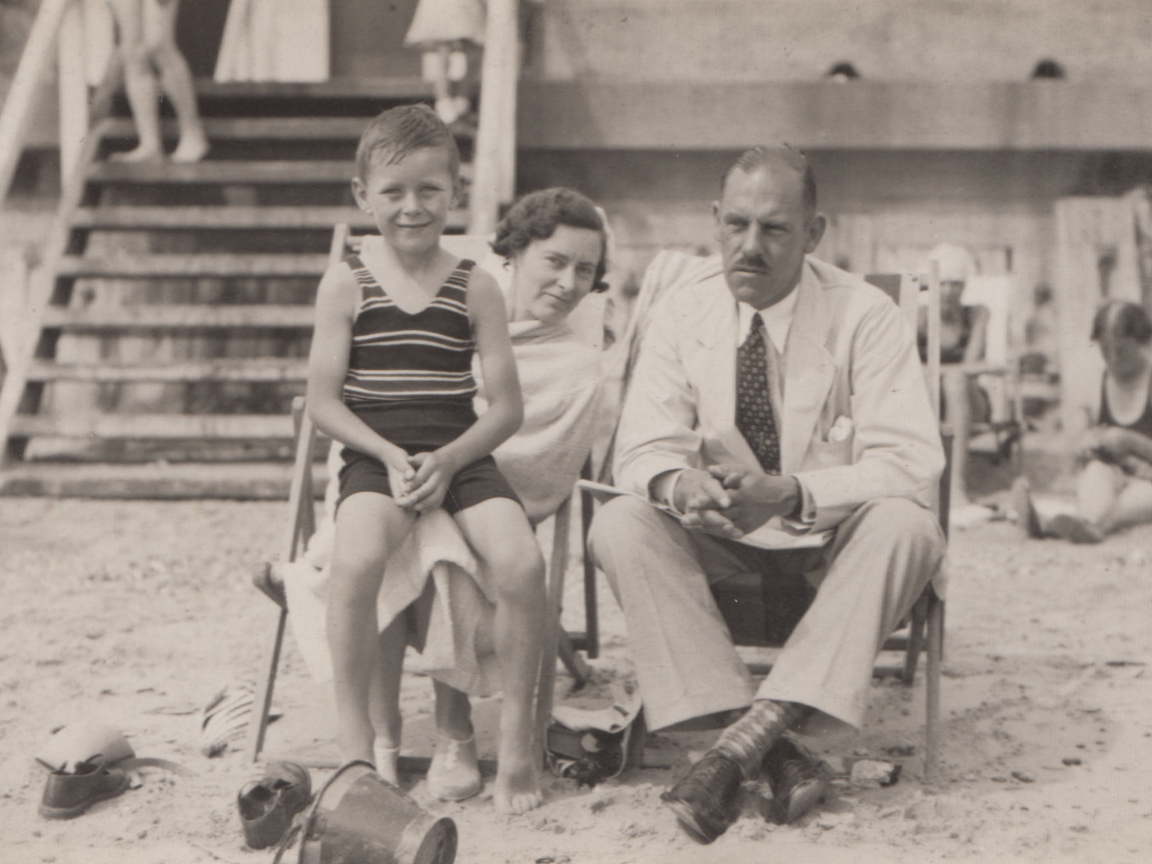



It wasn't long after the invention of photography that the first photographers came to Lowestoft. They came to record Robert Peto's new resort and they stayed to take advantage of free-spending tourists and a more and more prosperous population.
It is hard to figure out if the studio portraits are of Lowestoft townfolk or if they're of tourists. After all, what is more amusing on a rainy day than to go to a good studio and have a photo taken to send back home? Very few people, tourist or local, thought to write a name or a date on the back of the photo. After all, they knew who it was a picture of! Poor researchers like me can only date the pictures using clues and hope we are close. The actual names of these charming people are lost forever.
The early photos, from 1859 to the early 1870's, are called carte de viste and were the size of calling cards and could be easily stuffed in an envelope to be mailed to friends or collected in an album. They were extremely popular and collecting pictures of your friends and family quickly became a middle-class fad. I say "middle-class" because they cost about 5d each in a time when a seasoned fisherman would go to sea and do dangerous, hard work on a drifter and earn £20 a year. A carte de visite cost represented about one loaf of bread or about half a day's wage. That's a lot to pay for a slip of cardboard. Of course, maids and common labourers would get paid half the rate of a fisherman, so that's why you don't see many studio portraits of the working class unless they are part of the background (a nanny holding a baby, for instance) or taken as examples of local colour.
Later photos were printed on heavy card and a larger format called cabinet card photos and this larger style which could easily be seen in a drawing room cabinet and not hiddent in an album stayed popular until about 1900, when postcards and hand-held cameras for amatuers became popular.
About 1903 the craze in sending postcards created a new style of photograph which was on thinner card and had a post-card imprint on the verso side so they could be sent directly. All you needed was a stamp and pop it in the post. Most of the post card photos were obviously not mailed, but put directly in albums. This format lasted a surprisingly long time, considering they overlapped the time when cameras became easy enough to use as well as cheap and portable enough that everyday people could take their own photos. By 1940, most photography studios stopped printing their photos as postcards, although I do have some examples of photos in the 1990's developed commercially that have post card imprinting on the back
Snaps (as photographs were were called) by roving photographers were loved by tourists. Lowestoft had several roving photographers (Claremont Photographic Stores, Promenade Snaps, Happy-Faces) who wandered the town and took ambush photos of tourists in the hope they'd buy a copy. I suppose their sales success depended on the attractiveness of the photo and the mood of the subject. As for me, I wouldn't be too happy with a photographer who jumped in front and took a picture of windblown, sunburnt me. I don't have a good side. However, other, not so vain people liked them and they're good fun to look at.
Local photographers also had a journalistic side. They took "grip and grin" pictures of local events, children's school group photos, and photos of disasters such as WW1 bomb damage, house fires, and ship wrecks. The disaster photos were then sold as postcards in the local shops and also sold on to London newspapers and magazine. I do have an inkling, though, that the London magazines weren't shy about buying a postcard and printing a copy of it in their magazines and then being a bit absent-minded when it came time to pay the photographer. You see anonymous blurry and cropped photos in one newspaper and the exact same picture- with correct attribution- in another. You can guess who paid and who did not.
The quality of the photographers varied widely. You can tell by looking at the photos who had more skill; some studio portraits are blurry and the backgrounds are cheap and grubby. Some were beautifully staged. Most photographers came, worked a few years (if that) and then disappeared. Other studios lasted generations and became a part of local history even as they recorded it.
Events, clubs and Lowestoft news of interest to history buffs are updated here. Do you have an event or club you want posted? Let us know!